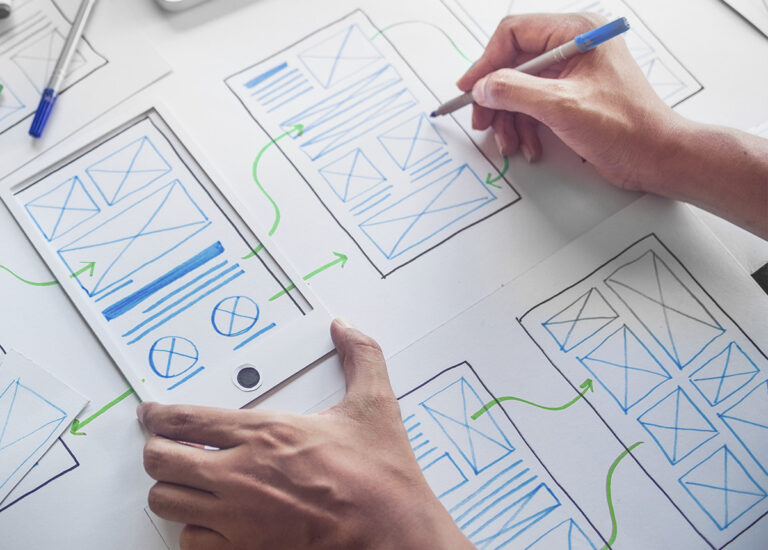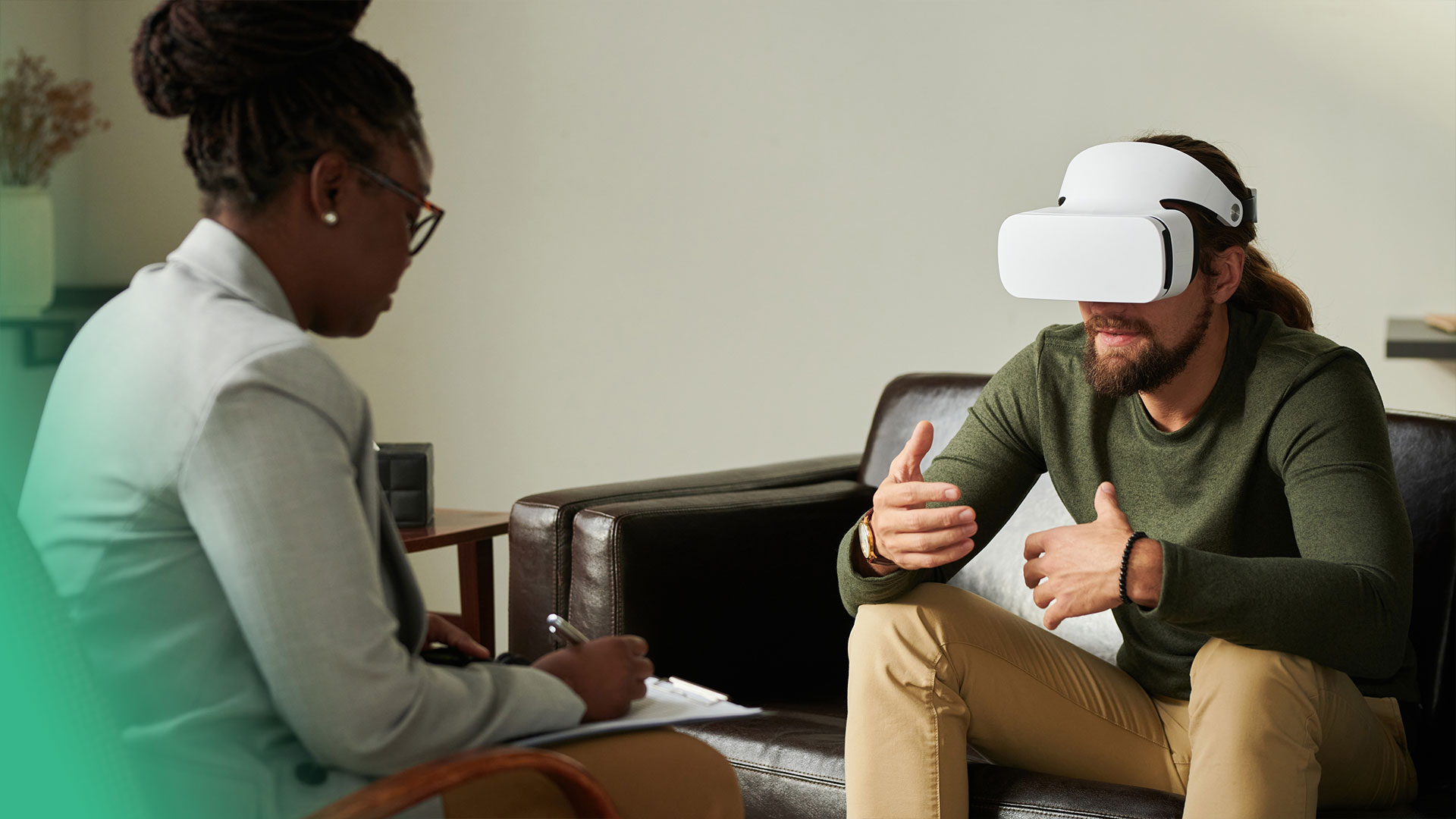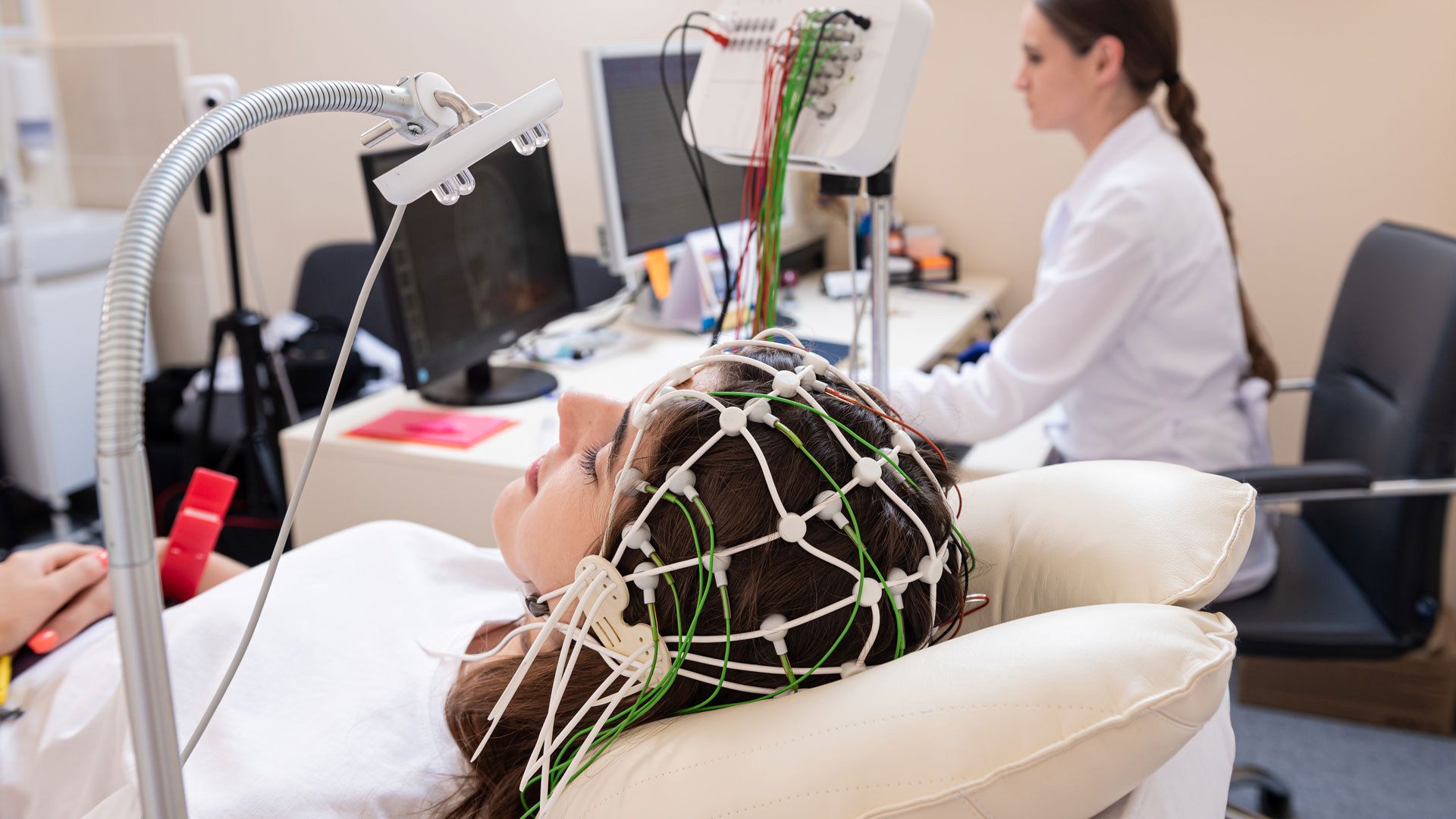When we dive into the world of UX design, we often think about user-friendliness, simplicity, and intuitiveness. But can UX design go beyond convenience to become life-saving? When it comes to the realm of healthcare, this notion is not an exaggeration.
Imagine a medical assistance app for the elderly that effortlessly connects them with a medical professional for urgent help. If the UX design is too complicated, seniors can easily get lost and overwhelmed, failing to get help in time. Or think of a hospital management system that is overly complex, causing doctors to struggle with accessing crucial information when time is of the essence for a patient.
Chronic disease management platforms, EHRs and EMRs, clinical trial solutions, telemedicine apps, patient portals, and more — the healthcare industry is becoming more reliant on digital health solutions than ever. In fact, by 2030 the global digital health market is expected to reach $809 billion. And given the high stakes involved, UX design needs to have a seat at the table to make healthcare experiences accessible and engaging.
Top benefits of user-centered UX design for healthcare apps
User-centered design (UCD) is considered the gold standard approach for the development of
healthcare software solutions, and rightfully so. By putting end users at the forefront, UCD drives better healthcare service delivery and enhances the overall quality of healthcare experiences.
In the healthcare sector, accessibility is a fundamental necessity. Patients with diverse needs, including those with disabilities or limited technological literacy, must be able to navigate and utilize healthcare apps seamlessly. By integrating the principles of inclusive design, developers can guarantee that their applications cater to a diverse range of users with accessibility in mind.
-
Improved patient engagement
User-centric design focuses on understanding and meeting the needs of users. In patient-facing healthcare apps, this means creating interfaces that are intuitive, easy to navigate, and tailored to users’ preferences. This, in turn, enhances patient engagement, encouraging users to actively participate in their healthcare journey, follow treatment plans, and monitor their well-being.
-
Increased efficiency for healthcare professionals
UCD doesn’t only benefit patients, it also streamlines workflows for healthcare professionals. Intuitive interfaces and well-designed features enable healthcare providers to access relevant patient information quickly, make informed decisions, and communicate more effectively. This efficiency can result in higher productivity and time savings.
-
Reduction in medical errors
Clarity and simplicity in design can help prevent user errors, especially in critical healthcare situations. Well-designed healthcare apps can include features such as clear medication instructions, easy-to-understand health data visualizations, and alerts for potential issues. This contributes to a reduction in medical errors and enhances the safety of healthcare interactions.
Breaking into UX design best practices
Good healthcare UX design isn’t a luxury. A
cross-sectional study revealed that from 2018 to 2022 the most common reason (54.5%) for medical device recall by FDA in the US was device design. These recalls are very costly, both in terms of financial implications and potential harm to patients. Hence, investing in robust UX design is a strategic imperative.
But given the vast array of healthcare applications, a one-size-fits-all UX design roadmap is simply not applicable. What works for a healthcare wearable app may not be suitable for a clinical trial solution. Below we have compiled best practices that are relevant to various healthcare contexts.
Prioritize user research
Any successful healthcare solution is grounded in a deep understanding and empathy for users’ needs. In the diverse healthcare landscape, encompassing patients, healthcare providers, administrators, and others, it’s crucial to delve into each group’s unique challenges and objectives. For healthcare professionals, this entails recognizing time constraints, information overload, and critical decision-making processes. Patients require acknowledgment of the emotional aspects of their healthcare journey, varying health literacy levels, and clear communication about their conditions and treatment plans.
To capture the unique characteristics, goals, and pain points of different segments, UX designers develop detailed user personas. These semi-fictional characters encapsulate different roles, responsibilities, and aspirations of users, ensuring that the resulting healthcare UX design aligns with the real-world needs of its target audience.
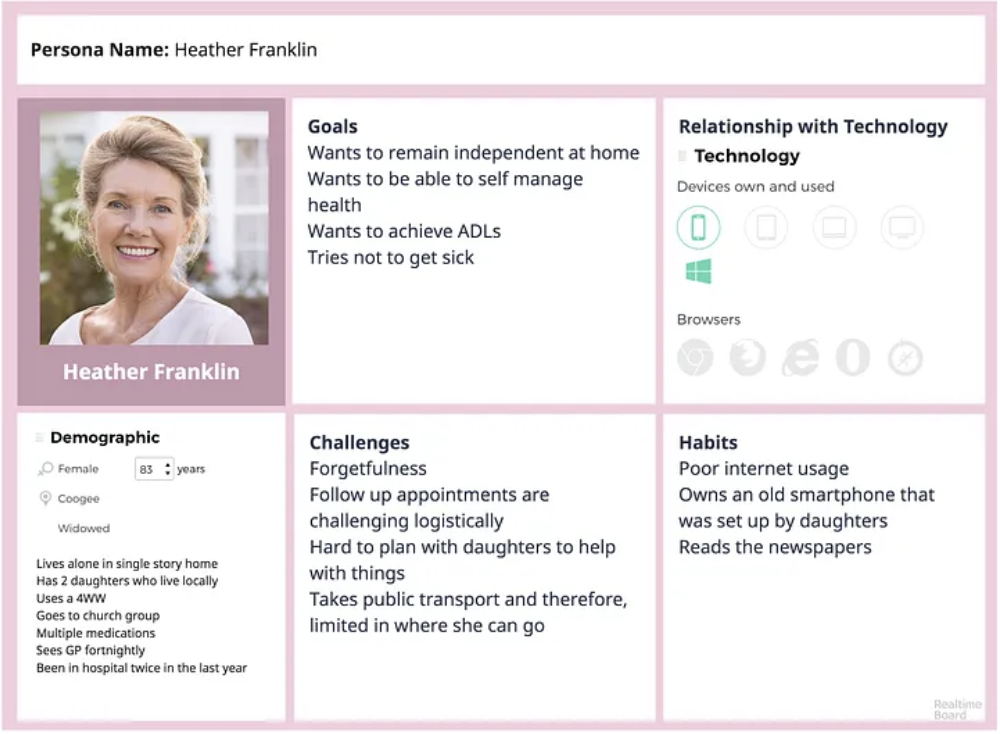
Source: UXPlanet
Strike the right balance between usability and functionality
In 2019, a game-changing hybrid insulin pump hit the market, featuring closed-loop insulin pump therapy for seamless automated insulin delivery. But despite its groundbreaking tech, nearly
a fifth of all patients discontinued its usage, mainly because of technical complexities.
The same goes for healthcare applications. It’s not just about what an app can do, it’s also about how effortlessly users can make it work for them. Below is a simple example of a glucose meter display with a significant usability problem. The decimal point is so small and unnoticeable that users can easily mistake it for 22 mmol/L instead of 2.2 mmol/L.
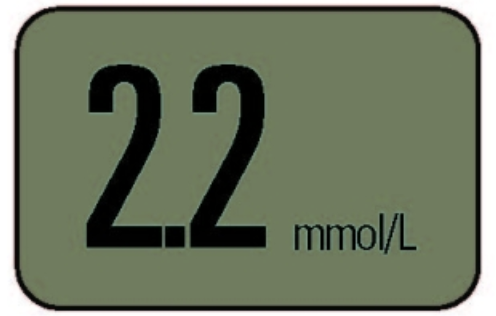
Source: UXPAMagazine
Focus on inclusivity and accessibility
There are few other areas where accessibility is as important as in healthcare. According to WHO’s latest report, about
15% of the global population live with some kind of disability. Health conditions coupled with tech illiteracy make digital interactions even more challenging.
And although designers can’t solve all accessibility problems, a thoughtful UX design can alleviate some of them. A good idea is to start with the
Web Content Accessibility Guidelines (WCAG) to make sure your healthcare application complies with international accessibility standards. The most popular accessibility design strategies encompass:
- clear visual hierarchy
- high-contrast color schemes
- adjustable font sizes
- alternative text for images
- voiceover or speech-to-text for videos
- compatibility with screen readers, etc.
Emphasize data security and privacy
Given the sensitive nature of patient information, security and privacy are paramount in healthcare. While security measures are primarily the developers’ responsibility, they should still be integrated with the design and seamlessly align with user-friendly experiences.
For instance, instead of mandating default two-factor authentication with an additional code entry upon each login, designers can provide users with the flexibility to choose whether they want this option activated or deactivated in the app settings. This approach ensures that robust security measures complement rather than impede the ease of use.
Iterate and improve
No matter what type of healthcare app you develop, the iterative approach is crucial in healthcare UX design. Initiate the process early by creating prototypes and performing usability testing to collect valuable feedback from users. Harness this feedback to consistently fine-tune and enhance user experiences. This ensures that the healthcare app grows and adapts alongside the evolving needs and preferences of its users.
Wrapping up with 3 award-winning UX designs
There is no doubt that the UX design process is incredibly demanding but also rewarding. In fact, there are actual awards celebrating the pinnacle for the UX design excellence. So let’s take a look at the best healthcare UX design in 2023.
DEUHR (Digital Exergame for Upper Limb and Hand Rehabilitation)
DEUHR is a telerehabilitation solution to treat post-stroke patients suffering from upper limb and chronic hand motor impairments. The solution consists of two mobile applications for patients and therapists, as well as a physical device with a sensor designed to monitor the quality of movements and control the therapy process. The UX design team pointed out that since everyone reacts differently to motion impairment and the rehabilitation process, the greatest challenge was to develop a language system that would be motivating, non-intrusive, and inspiring for all kinds of patients.
Source:
UX Design Awards
Dia+ Inclusive Diabetes Treatment for Children
Dia+ is a comprehensive system for effective treatment of type 1 diabetes in children. The system consists of a kit with all essential therapy devices and an easy-to-use app where all therapy values are analyzed and clear treatment instructions are provided.
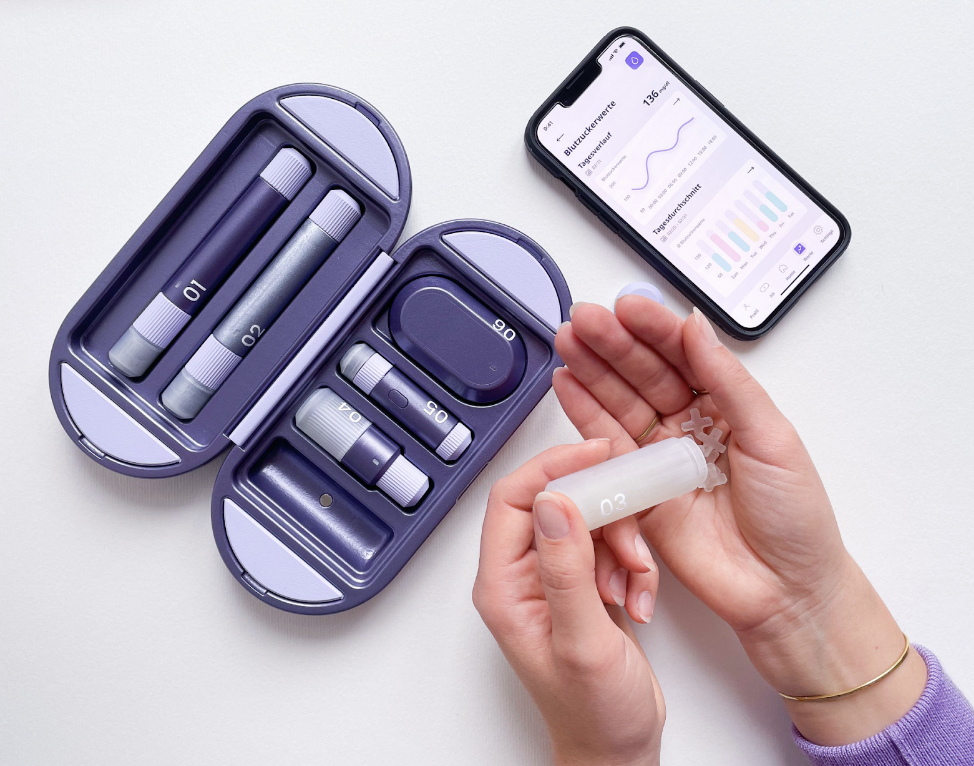
Source: UX Design Award
Precision Care Management Platform
Octave Bioscience and DesignMap presented the first-of-its-kind platform for managing neurodegenerative diseases starting with Multiple Sclerosis (MS). The platform combines insights and analyzes data to support patients every step of the way, from tracking disease progression to optimizing treatment plans for better outcomes.
The UX design team invested considerable effort to ensure the end-users’ voices played a pivotal role in shaping crucial decisions. A notable outcome of this endeavor is the inclusion of a care cycle function within the mobile app. This feature represents the time between office visits, offering support to patients in their effort to slow down the progression of the disease.
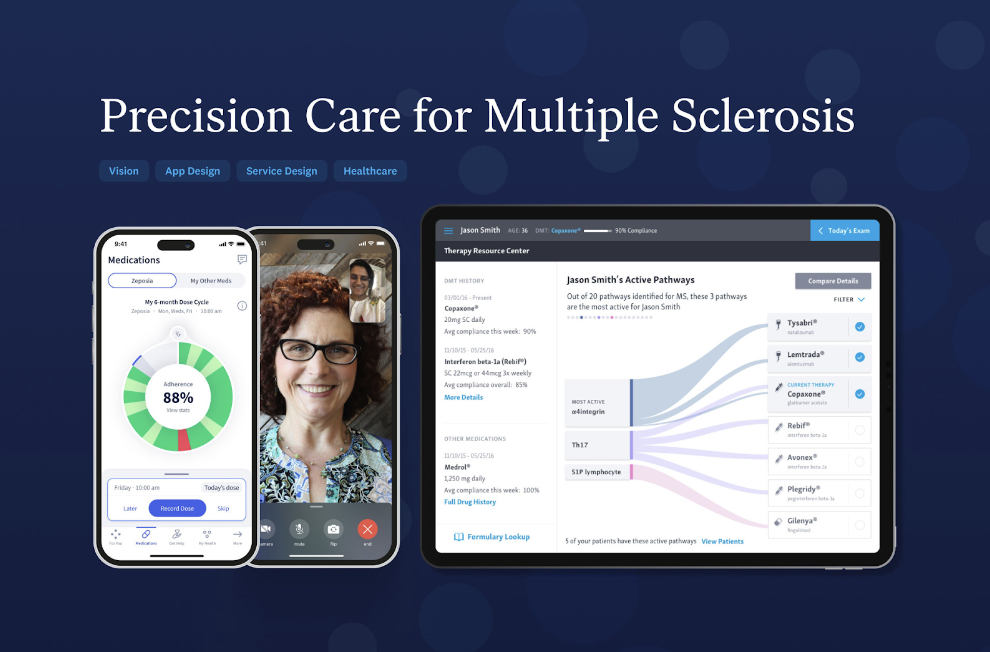
Source: UX Design Award
Developing a modern healthcare application that users will love is no easy feat. It demands a meticulous approach that prioritizes not only cutting-edge technology but also a deep understanding of the unique needs of target audiences. At
Kanda, we know the importance of seamless healthcare user experiences. With skilled UX designers and engineers on board, we help our clients deliver user-friendly and highly engaging healthcare solutions that not only meet standards but also exceed user expectations.
Contact us to discuss your next healthcare project.
